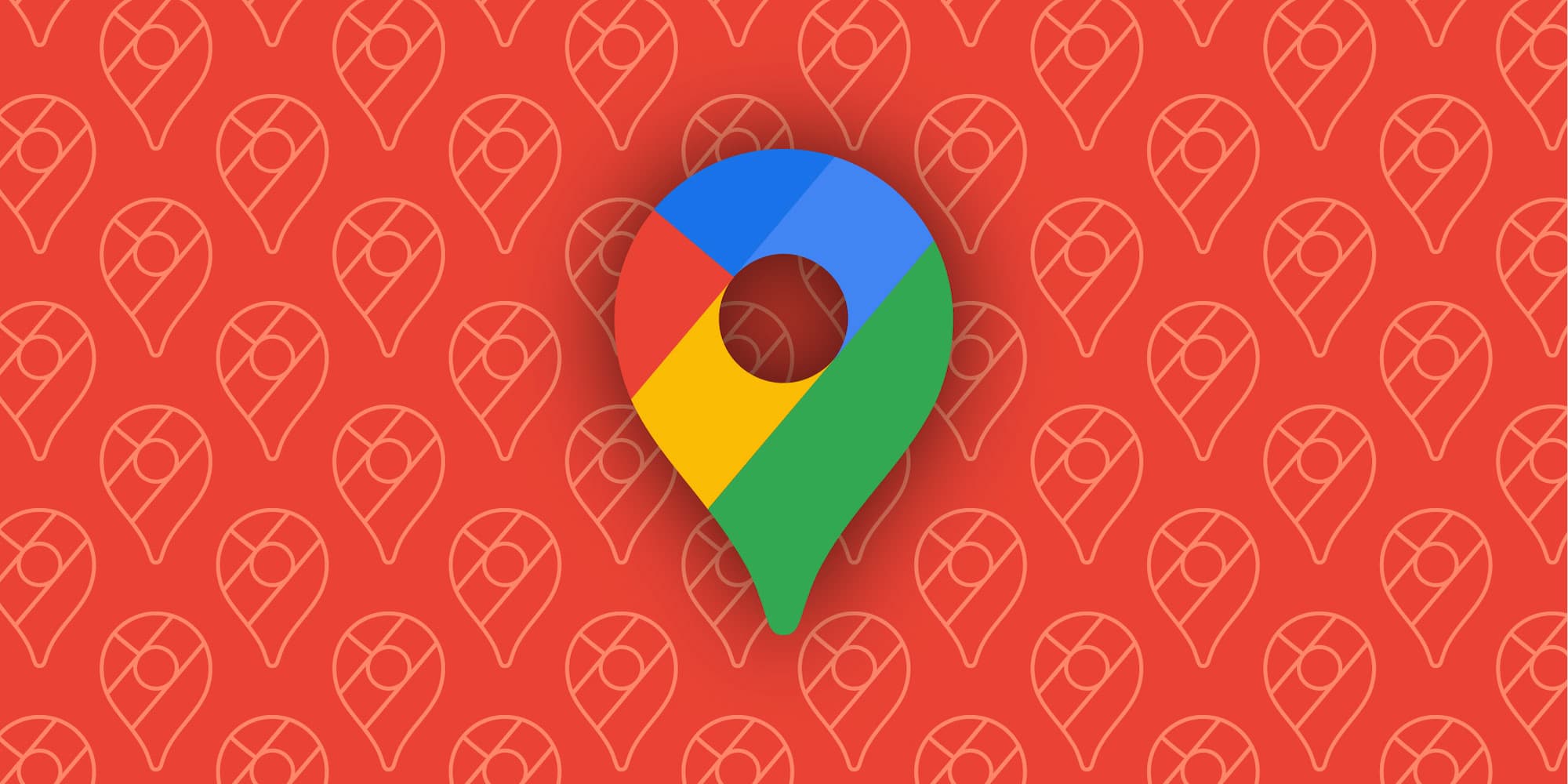
Incident Reporting in Google Maps: A Safety Hazard or a Helpful Tool?
Introduction
Google Maps has recently integrated Waze-style incident reporting, allowing users to alert others to hazards along their routes. While some have welcomed this feature as a way to enhance safety, others argue that it poses a distraction and could lead to accidents.
Incident Reporting Functionality
Incident reporting in Google Maps enables drivers to report various hazards, including accidents, traffic jams, road closures, and police presence. Users can submit reports through the app’s interface or by voice commands. The reported incidents are then displayed on the map for other users to see.
Pros of Incident Reporting
Increased Safety: Incident reporting can provide drivers with valuable information about potential hazards ahead, allowing them to adjust their routes or take precautions to avoid them. By sharing real-time information about traffic conditions and road closures, the feature aims to improve overall safety on the roads.
Improved Navigation: Incident reports can enhance navigation by providing drivers with alternative routes in case of traffic congestion or road closures. This can help drivers save time and avoid frustrating delays.
Community Involvement: Incident reporting fosters a sense of community among drivers. By allowing users to contribute to the information shared on the map, the feature encourages cooperation and promotes a collective effort to improve road conditions.
Cons of Incident Reporting
Distraction: The primary concern raised about incident reporting is the potential for distraction. The pop-up alerts that appear when approaching a reported incident can be intrusive and require the driver to respond within a short period of time. This can divert the driver’s attention from the road, increasing the risk of an accident.
Unreliable Reporting: Incident reporting relies on user-submitted data, which can be subjective and inaccurate. False or exaggerated reports can create unnecessary panic and lead to drivers making poor decisions. Additionally, users may be tempted to submit reports while driving, further increasing distraction.
Excessive Alerts: Some users have complained about the excessive number of incident alerts they receive. Constant interruptions can become overwhelming and can desensitize drivers to real hazards.
User Opinions
Opinions on incident reporting in Google Maps are divided. Some users find it to be a valuable safety tool, while others view it as a dangerous distraction.
Positive Views:
- "I love incident reporting in Google Maps. It helps me avoid traffic jams and accidents, and it makes me feel more aware of my surroundings."
- "The pop-up alerts are a bit annoying, but they’re worth it for the safety benefits."
Negative Views:
- "Incident reporting is more of a distraction than anything else. The pop-ups are intrusive and can take my attention away from the road."
- "I’ve seen so many false reports that I don’t trust the information anymore."
Conclusion
The debate over incident reporting in Google Maps highlights the tension between safety and distraction in modern driving. While the feature has the potential to improve safety, it is crucial to address concerns about driver attention and the accuracy of reported information.
Google should consider implementing measures to reduce distraction, such as allowing users to customize alert settings and filter out less important reports. The company should also work to improve the reliability of the reporting system by verifying user-submitted data or implementing machine learning algorithms to filter out false reports.
Ultimately, the effectiveness of incident reporting in Google Maps will depend on how responsibly users submit reports and how effectively Google manages the feature to minimize distractions.
